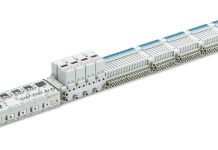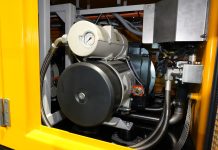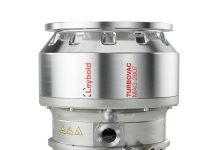Paying constant attention to product innovation and evolution, Alfamatic has recently widened its range of electric presses, currently available with thrust forces up to 300 kN, besides releasing a new generation of manually operated hydropneumatic presses.
Power units, hydropneumatic presses, electric presses and cylinders, tools for the pressing process control: this is the product range Alfamatic currently releases on the market. A proposal addressing national and international customers, with an export that today represents about 50% of the turnover and involves all major Countries with a manufacturing bent in the world, provided by the company with high standards of consulting and after-sales service, too. Application sectors are as diversified, essentially including whatever ambit needing the execution of controlled-force pressing operations. Paying unceasing attention to product innovation, Alfamatic has recently widened its range of electric presses, introducing a new model with 200 and 300 thrust forces, in addition to a new generation of manually-operated hydropneumatic presses.
Control and precision with 200 and 300 kN of force
«Already in 2012 – the export sales manager, Eugenio Colombo states – technological developments, combined with the need of providing solutions to the most demanding applications in terms of control and process, led to the development and to the implementation of a new range of electric presses. Executions made available on the market in two cylinder sizes, with thrust forces from 0.5 to 100 kN, implemented in 10 – 25 – 50 – 70 kN intermediate forces».

Last year the company headquartered at San Giorgio su Legnano (MI) added also a third size to its range, precisely 200 and 300 kN, so becoming one of the few Italian manufacturers of an electric high-precision assembling press with this pressing force.
«The core of the new press system is the same, –Colombo underlines – obviously suitably sized, of our electric cylinders adopted by presses with lower tonnage: a special satellite roller screw featuring high sturdiness and precision».
Specifically designed to withstand high loads per millions of work cycles, the special satellite roller screw represents the elective choice in the pressing ambit, assuring not only long duration even in harsh use conditions but also high impact resistance and small external sizes.
«Despite the notable thrust force – Colombo confirms – the system, available as both cylinder equipped with control system and as ready-to-use pressing station, guarantees the same capability of reproducing performances and precision degree, the same capability of controlling the load punctually, the stop point of the piston rod, the repeatability of the applied load and so on, as the other range models».
The use of this electric press is ideal for assembling and driving applications that need notable thrust force as well as, at the same time, extremely precise control of the position and of the force of each single operation moment.
«A typical efficacious application, for instance – Colombo further highlights – concerns the driving of large-diameter bearings or the compacting of the laminations that make up the interlocking of rotor and stator in electric motors».
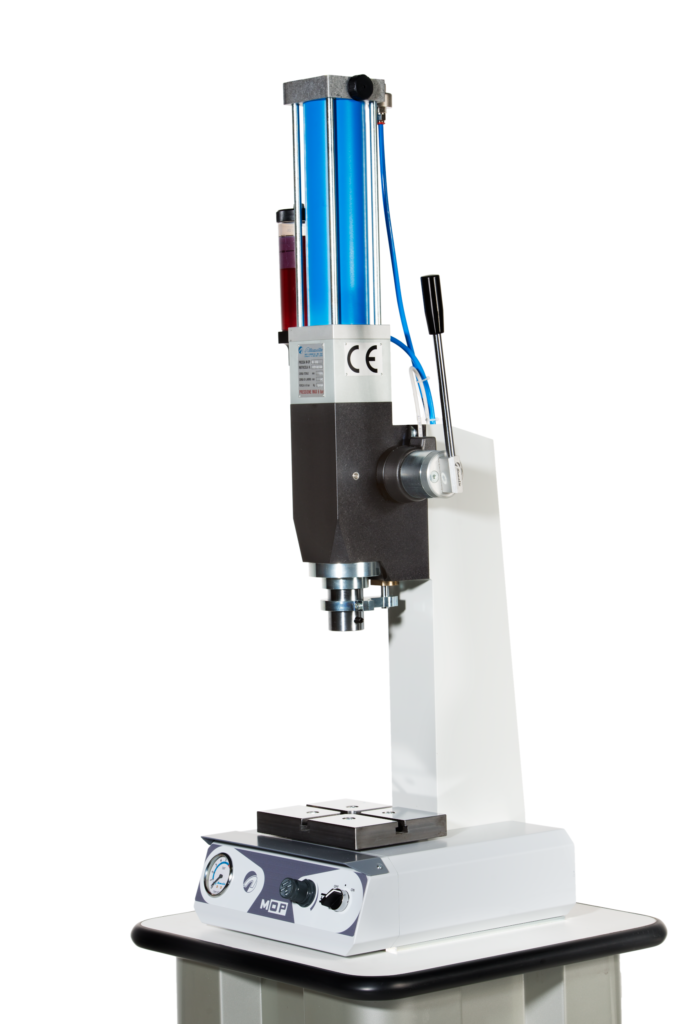
Even more versatile and reliable hydropneumatic presses
As already said, Alfamatic has made available also a new range of MOP manually-operated hydropneumatic presses.
«One year and a half of work lavished by our technical office – Colombo confirms – has led to the complete redesign of the previous line of manually-operated presses, available on the market for almost 25 years now».
We are speaking of a unique product by versatility, achieved by combing the force of a hydraulic press to the typical handiness of a manual rack press that, compared to the previous series, allows users to rely on increased housing heights to machine bigger components. This second generation guarantees in fact an approximate 100-mm rise of the available “work port” for each of the four models and of the two available sizes. The other peculiar element of this product is the enhanced safety and reliability degree through a new electronic control purposely designed and manufactured by Alfamatic itself.
The redesign at which worked the technical division concerned as many as 70% of the components of previous Tromboline presses, involving also the aspect of casing and front panel design, so succeeding in conferring a new more modern aesthetical look to the product.
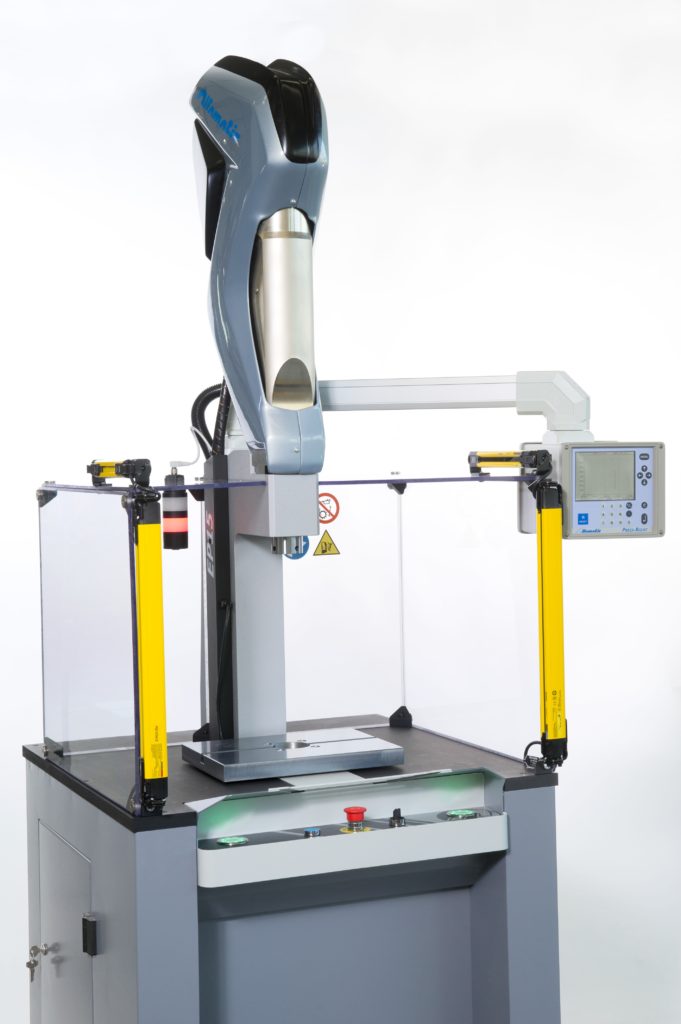
Utmost comfort and user-friendliness with minimum stress
New hydropneumatic presses maintain the same structural composition as the previous range: a steel bed; a working plate for the tool securing; an upper head group consisting of a mechanical-manual system for the approach to the workpiece, operated by a lever device and by a hydropeumatic force multiplier with automatic coupling for the pressing stroke.
«The entire mechanical part–Colombo explains – has been reviewed to make the operation even smoother and more comfortable, needing much less fatigue to the operator. To the extent that now the new MOP range can be comfortably used also by female operators, with previously unconceivable safety and user friendliness levels».
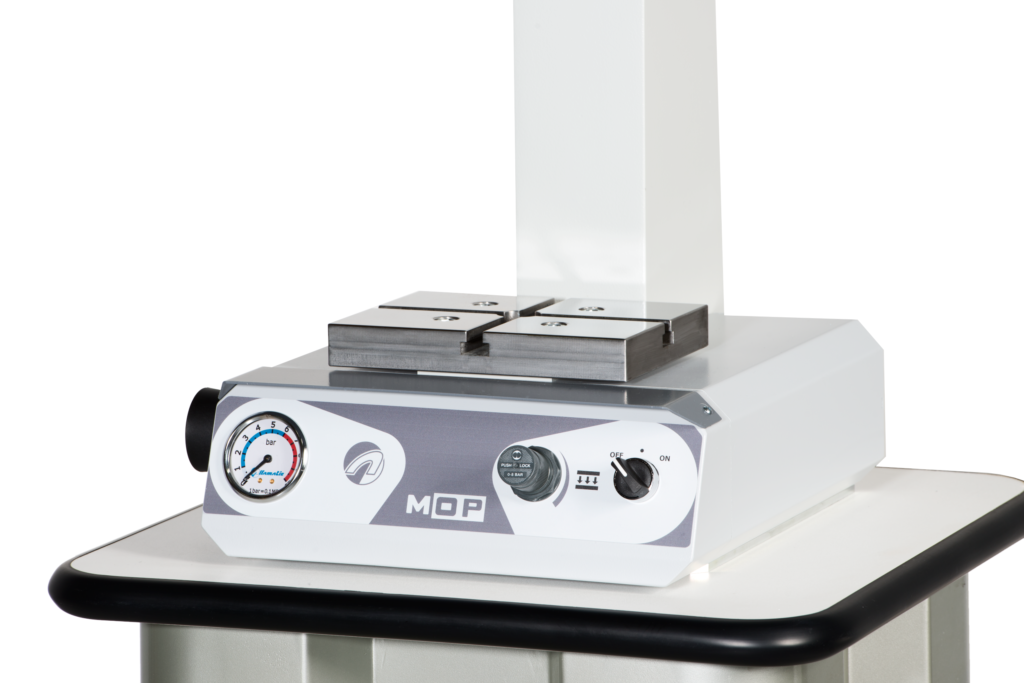
To further improve reliability, this new generation introduces an evolution in hydraulic and pneumatic seals, too. The review concerns then the entire head rotation group, the core of the press, composed by pinion and rack that rule the descent operated by manual lever, providing for the tool closing.
«New MOP – Colombo underlines – however mark out also the shift from a pneumatic to an electro-pneumatic management of press functions. The new power system is in fact electro-pneumatic with pneumatic compressed air feeding up to 6 bars and fully electric control part».
The fully electric management of the part concerning safety guarantees that lever and hand-guard pushbutton are operated with precise simultaneity, assuring that the operator works under totally safe conditions.
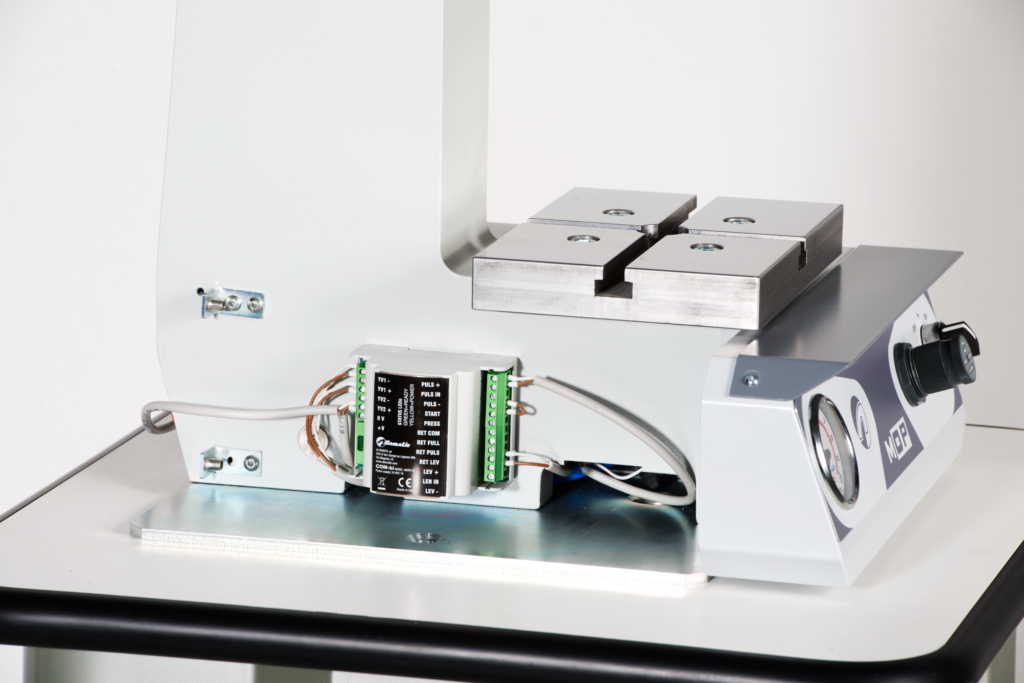
Ever-rising applicative opportunities
The work cycle of the manually-operated hydropneumatic press consists of two phases. It starts with an approach stroke, during which the lever operates the descent of the piston rod through a pinion/rack device, so permitting the tool approach to the workpiece. Then, the hydropeneumatic force stroke, continuing the hydropenumatic intensification in the lever operation, performs the work stroke while the successive lever release determines the return to the stroke start position.
«As it happens for our electric presses – Colombo says – also this new hydropneumatic range can find application in the most various use sectors: from the assembling to the driving of bearings, bushes, ferrules, brasses and silent blocks to sheet metal working, such as crushing, marking, hobbing and refinishing or flanging operations».
Total manufacturing quality control

The control of manufacturing process parameters is the fundamental requisite to assure total quality. Alfamatic proposes a range of tools and systems for the detection of force/displacement values for the control of pressing parameters in the most different production ambits. They include also Press-Right, device ideated to equip the range of the electric press range currently available with pressing forces that reach 300 kN. Interfaced with a position and a force transducer, the system continuously monitors the position/force curve and assesses the latter remains within a continuous control range opportunely positioned. The system architecture is based on a multiprocessor system for the data detection and analysis.

